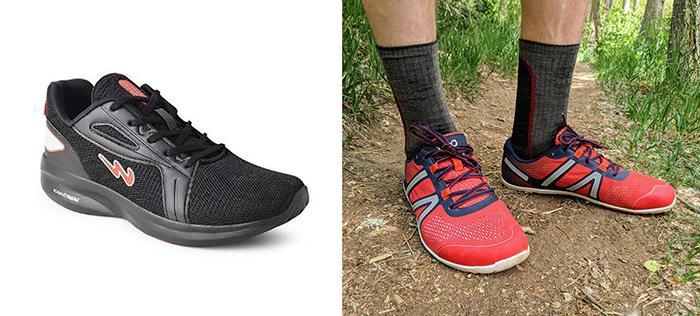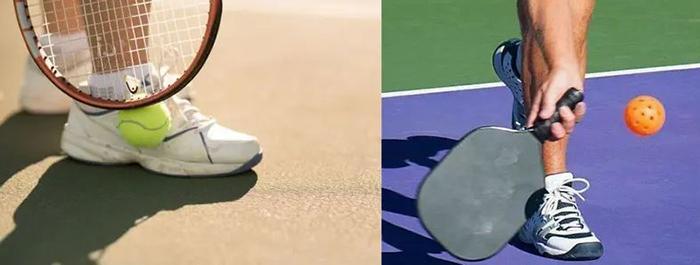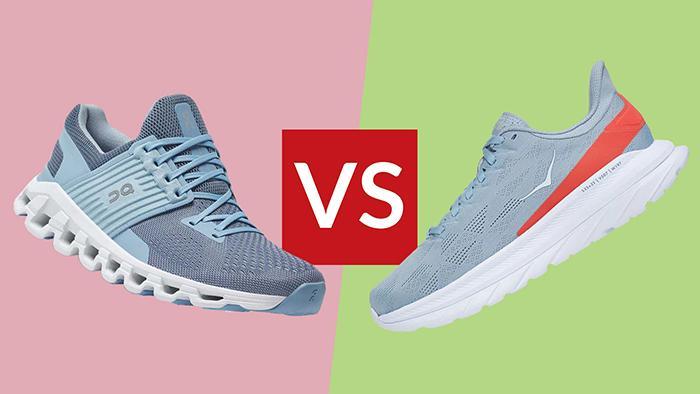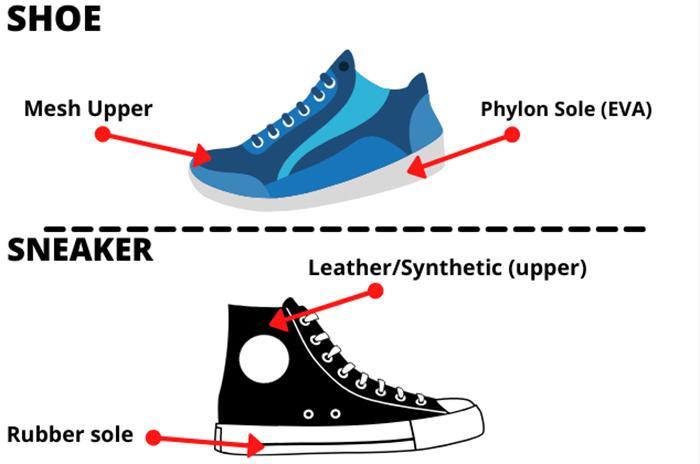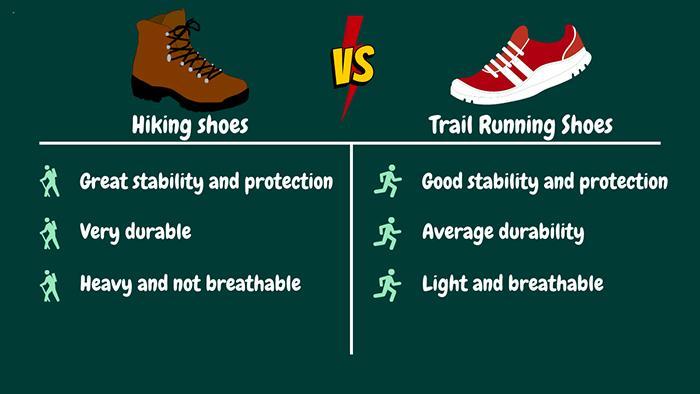Decoding the world of running shoes can be quite challenging, especially when faced with choice dilemmas like neutral vs stability shoes.
Surprisingly though, the crux lies in understanding your foot type and how you run.
You Are Watching: Neutral Vs Stability Running Shoes Updated 02/2025
This article will provide a comprehensive guide to help you navigate through this shoe maze by highlighting key differences between neutral and stability running shoes, aiding in thoughtful selection.
Stick around to find out which shoe is your perfect fit for hitting the pavement comfortably and efficiently!
Understanding Neutral vs. Stability Running Shoes

How do Neutral and Stability Running Shoes Function?
Neutral and stability running shoes serve different functions based on their design features.
Neutral running shoes, devoid of extra stabilizing elements, allow the foot to move in a more unrestricted manner during each stride.
This is particularly beneficial for runners with high arches who put excessive stress on their forefoot and rearfoot as these shoes provide the necessary cushioning to absorb shock and support smooth runs.
On the other hand, stability running shoes are engineered with extra supportive features that help align your feet upon impact and decrease overpronation—where your foot rolls inward excessively.
These types of shoes tend to be more suitable for runners exhibiting low or flat arches since they assist in maintaining proper alignment, reducing potential strain injuries.
Despite the differences between these two shoe types, most runners should not see a significant change in comfort or performance when switching between them.
The Difference Between Neutral and Stability Running Shoes
Read More : What Shoes To Wear With Linen Pants Updated 02/2025
Neutral running shoes and stability running shoes differ in their level of support and guidance provided to the foot during running.
Neutral shoes are designed to allow the foot to flex and move without restriction, while stability shoes have more supportive features that help reduce foot pronation and align the feet upon impact.
Neutral running shoes are best for runners with high arches or those who put excessive tension on the forefoot and rearfoot.
These shoes provide cushioning, absorb shock, and support optimal running form.
On the other hand, stability running shoes are ideal for runners with low or flat arches who need added support to prevent overpronation.
They offer extra structure around the midsole area to promote proper alignment of the foot.
How to Determine If You Need a Neutral Running Shoe or Stability Running Shoe
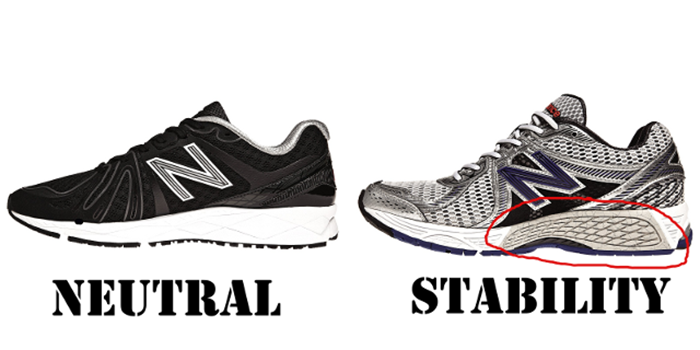
Arch Height
Your arch height plays a crucial role in determining whether you need neutral or stability running shoes.
If you have high arches, which means your foot doesn’t fully flatten when you stand, then neutral running shoes might be the best choice for you.
These shoes provide minimal support and allow your foot to move naturally as you run. On the other hand, if you have low or flat arches, stability running shoes can provide the extra support and alignment that your feet need during impact.
So, consider your arch height when deciding between these two types of running shoes for optimal comfort and performance.
Pronation
Pronation is an important factor to consider when choosing running shoes. Pronation refers to the natural inward rolling motion of the foot as it strikes the ground while running. It helps absorb shock and distribute pressure evenly across the foot.
Read More : What Color Shoes To Wear With Khaki Pants Updated 02/2025
There are three types of pronation: neutral, overpronation, and underpronation (also known as supination).
Neutral pronation is when the foot rolls slightly inward, maintaining a healthy balance between stability and flexibility.
Overpronation occurs when the foot rolls excessively inward, which can lead to imbalances and potential injuries. Underpronation happens when the foot doesn’t roll enough, putting extra stress on certain areas.
Finding out your pronation pattern is crucial for selecting the right type of running shoe that provides adequate support and helps correct any imperfections in your stride.
Running shoes with pronation control features offer additional support by stabilizing excessive movement during the gait cycle.
Choosing the Right Running Shoe

Factors to Consider
When choosing between neutral and stability running shoes, there are several factors to consider.
Here are some key points to help you make the right choice:
- Foot Type: Your foot type plays a crucial role in determining which type of shoe is best for you. If you have high arches, neutral running shoes provide the flexibility and cushioning needed to support your foot’s natural shape. On the other hand, if you have low or flat arches, stability running shoes offer the necessary support and pronation control.
- Pronation Level: Pronation refers to the inward rolling motion of the foot during the gait cycle. It is essential to determine your pronation level as it helps in selecting the appropriate shoe. Neutral runners with a normal pronation pattern can opt for either neutral or stability shoes, while those with slight overpronation may benefit from stability shoes.
- Gait Analysis: A gait analysis can be done by professionals at specialty running stores to assess how your feet move while running. This analysis helps identify any biomechanical issues and guides you on whether you need additional stability or not.
- Comfort and Fit: The comfort and fit of a shoe should always be a priority when making your selection. It’s essential to try on different models and brands to find one that feels comfortable and suits your specific needs.
- Running Surface: Consider where you primarily run – on roads, trails, or tracks. Different terrains require different shoe features for optimal performance and protection. Ensure that the shoes you choose are designed for your preferred running surface.
- Injury History: If you have a history of specific injuries like plantar fasciitis, shin splints, or knee pain, it’s crucial to choose a shoe that provides adequate support and cushioning in those areas.
- Training Goals: Your training goals should also influence your shoe choice. If you’re aiming for speed or race performance, you might prefer a lightweight and more flexible neutral shoe. If you’re focused on longer distances and endurance, the additional stability of a stability shoe can help maintain proper form.
Trying on Different Shoes
Trying on different shoes is an essential step in choosing the right running shoe for your needs. Here’s what you need to know:
- Look for a shoe with the right amount of arch support: Consider your foot type and choose a shoe that provides adequate arch support. This helps maintain proper alignment and prevents injuries.
- Check for stability features: Stability running shoes typically have supportive features such as medial posts or firmer midsoles to help control pronation. Try on a few pairs and see how they feel when walking or running.
- Pay attention to cushioning: Running shoes come with varying levels of cushioning, from minimal to maximal. Find a balance that offers enough shock absorption without feeling too stiff or bulky.
- Check the fit: Ensure that the shoes fit snugly but not too tight. Your toes should have enough room to wiggle, and there should be no pressure points or rubbing against your feet.
- Test them out: Once you’ve found a few options that meet your requirements, take them out for a test run. Pay attention to how they feel during different movements, including walking, jogging, and sprinting.
Conclusion
While neutral shoes allow for more natural foot movement and flexibility, stability shoes provide added support and pronation control.
Ultimately, it’s important to consider factors such as arch height, pronation, and gait analysis when determining which type of shoe will best enhance your running experience.
So lace up your shoes with confidence and hit the pavement with comfort and performance in mind!
Sources: https://www.centuryinshoes.com
Category: Shoes

